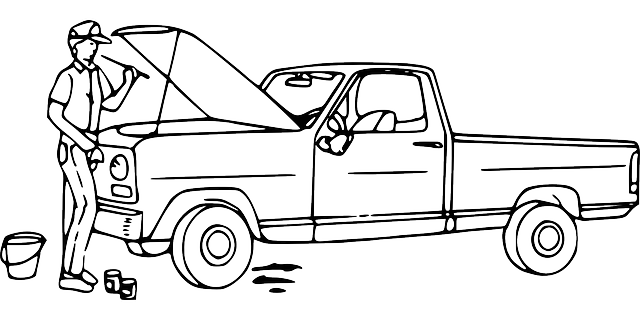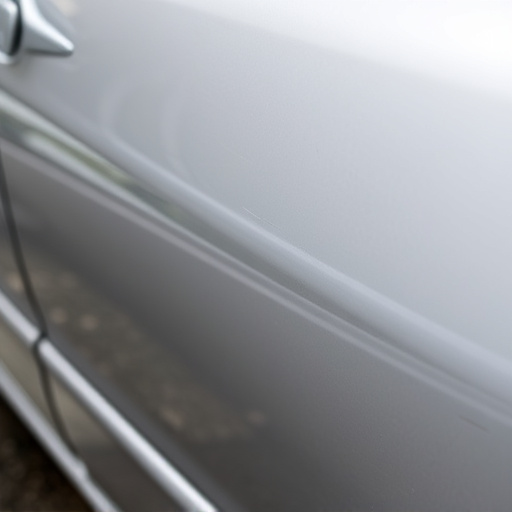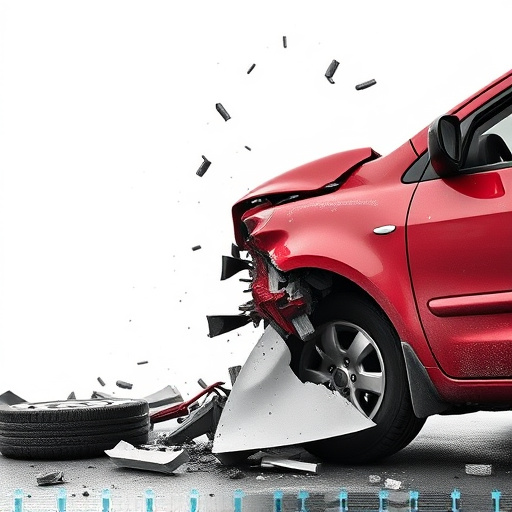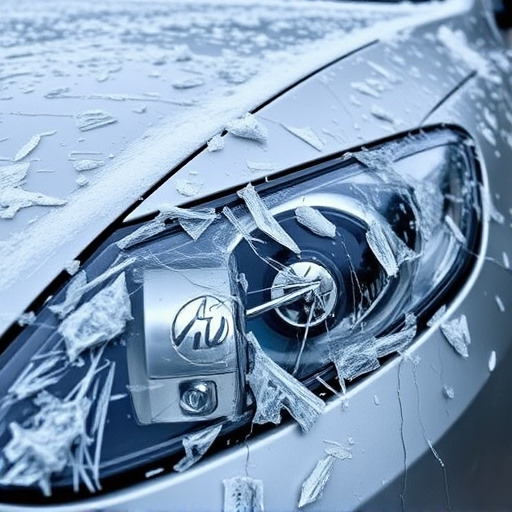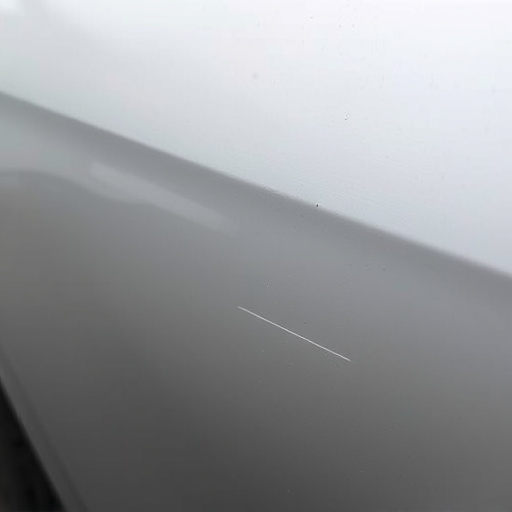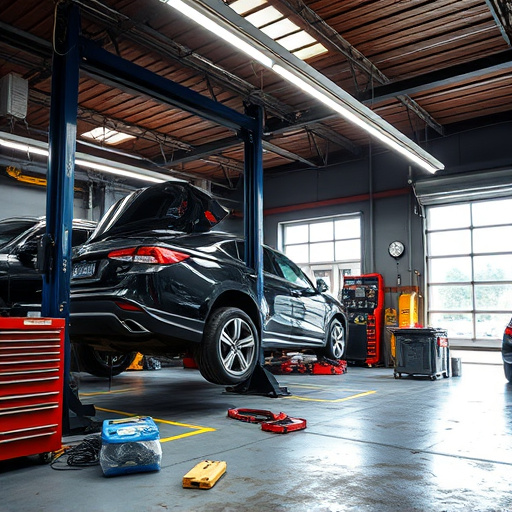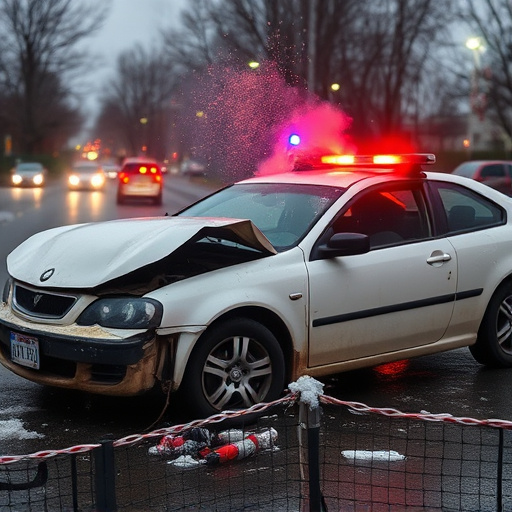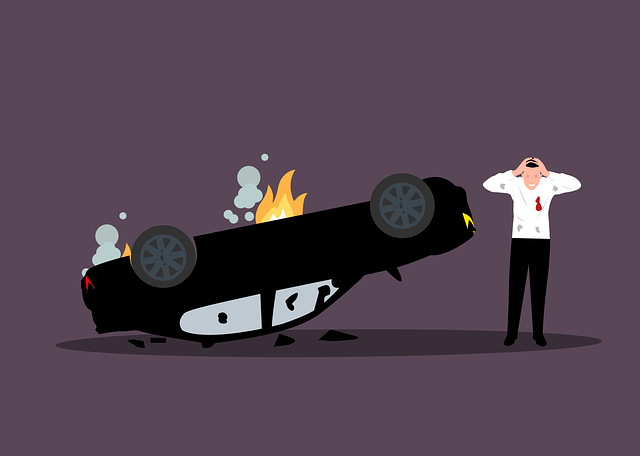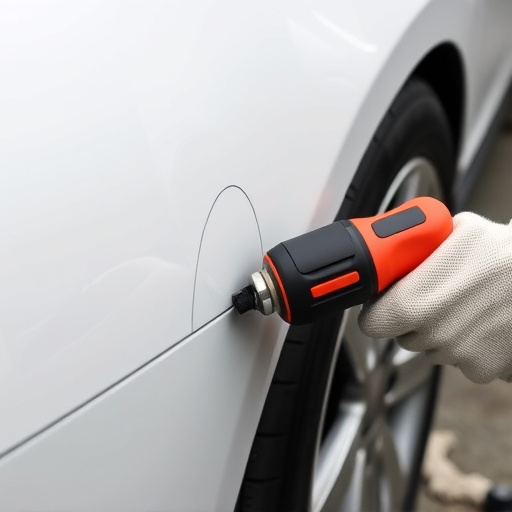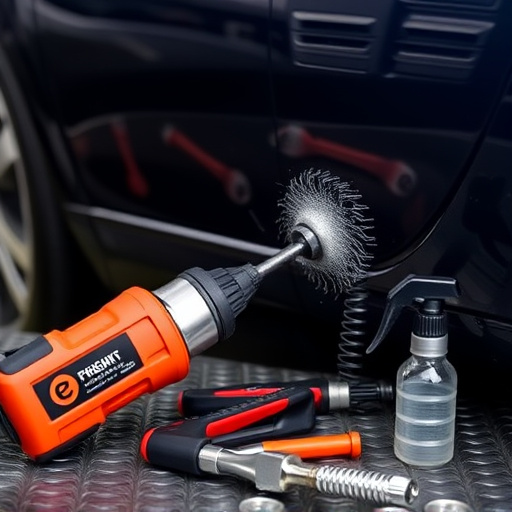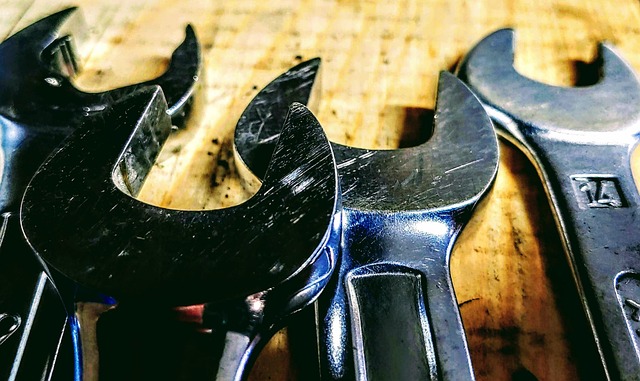Regular seatbelt repair and replacement are crucial for maintaining optimal safety in vehicles. Over time, wear and tear can weaken materials and impair mechanisms, so prompt addressing of issues through professional services enhances overall road safety, complementing other accident prevention measures. Proper functionality is a life-saving measure, making it essential to recognize the need for repair or replacement after collisions or harsh conditions.
Seatbelt repair and replacement are essential components in accident prevention, ensuring optimal safety for vehicle occupants. This article delves into the critical role these systems play, breaking down complex mechanisms and their everyday applications. We explore the basic components and functionality of seatbelts, emphasizing the importance of regular maintenance. Additionally, we guide readers on recognizing when to replace their seatbelts, highlighting signs and benefits of upgrading to enhance safety and peace of mind.
- Understanding Seatbelt Systems: Basic Components and Functionality
- Importance of Regular Maintenance for Optimal Safety
- When to Replace: Signs and Benefits of Upgrading Seatbelts
Understanding Seatbelt Systems: Basic Components and Functionality
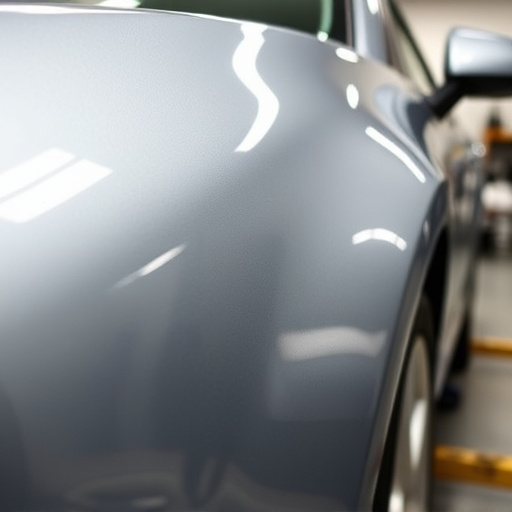
Seatbelt systems are designed to protect occupants during a vehicle accident by restraining their movement and reducing the risk of severe injuries. Understanding these systems involves grasping their basic components and functionality. A typical seatbelt assembly includes a webbing material, buckles, latches, and tensioners. When activated, the seatbelt tightens across the occupant’s body, distributing crash forces evenly to minimize impact.
Regular maintenance, such as seatbelt repair replacement, is crucial in ensuring these systems function optimally. Over time, wear and tear can weaken webbing, damage buckles, or impair latch mechanisms. Prompt identification and addressing of these issues through professional services like tire services (for specialized parts) and collision repair are vital to enhancing safety. This proactive approach complements other accident prevention measures, contributing to a safer driving experience.
Importance of Regular Maintenance for Optimal Safety
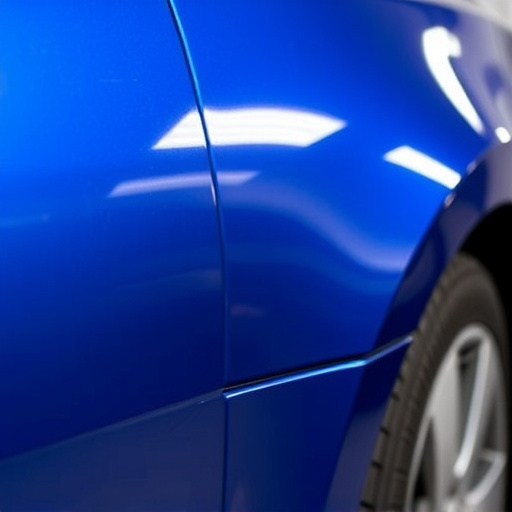
Regular maintenance of your vehicle’s safety systems, including seatbelt repair and replacement, is crucial for ensuring optimal safety on the road. Over time, seatbelts can degrade due to constant use, exposure to harsh weather conditions, or normal wear and tear, losing their effectiveness as a vital safety feature. Regular inspections by professional car bodywork services can identify any issues early on, allowing for timely repairs or replacements. This proactive approach prevents potential hazards during accidents, providing peace of mind for drivers and passengers alike.
A well-maintained seatbelt system is an integral part of a vehicle’s overall crash protection, complementing air bags and other safety mechanisms. Auto body services that specialize in seatbelt repair replacement not only ensure the structural integrity of the belts but also restore them to like-new condition, maximizing their ability to protect occupants during unforeseen events. By keeping these critical components in top shape, individuals contribute to enhancing overall vehicle safety, making our roads safer for everyone.
When to Replace: Signs and Benefits of Upgrading Seatbelts

In the event of an accident, proper seatbelt functionality is a life-saving measure that cannot be overlooked. Therefore, it’s crucial to recognize when and why seatbelt repair or replacement is essential. Over time, seatbelts can wear out, become damaged, or lose their effectiveness due to aging and exposure to harsh conditions, making them a potential hazard. Signs of deterioration include broken or frayed straps, torn buckles, or visible cracks in the webbing. If your vehicle has experienced a collision or has been exposed to extreme weather conditions, it’s advisable to have a professional assess the condition of its seatbelts.
Upgrading to new seatbelts offers numerous benefits beyond enhanced safety. Modern seatbelt systems often incorporate advanced features like pretensioners and load-limiting mechanisms, which can reduce the risk of injuries during a collision. Additionally, replacing worn-out seatbelts contributes to better overall vehicle maintenance, ensuring that all safety features function optimally. Just as regular auto glass repair and fender repair are essential for structural integrity, seatbelt replacement is vital for maintaining a robust safety network within your vehicle, providing peace of mind for both drivers and passengers alike.
Regularly maintaining and promptly replacing seatbelts through effective seatbelt repair replacement practices is an essential step in accident prevention. By understanding the basic components and functionality of these life-saving systems, along with recognizing signs that indicate the need for upgrades, individuals can ensure optimal safety. Investing in timely seatbelt repairs and replacements not only enhances vehicle security but also contributes to a significant reduction in injury risks during accidents.
